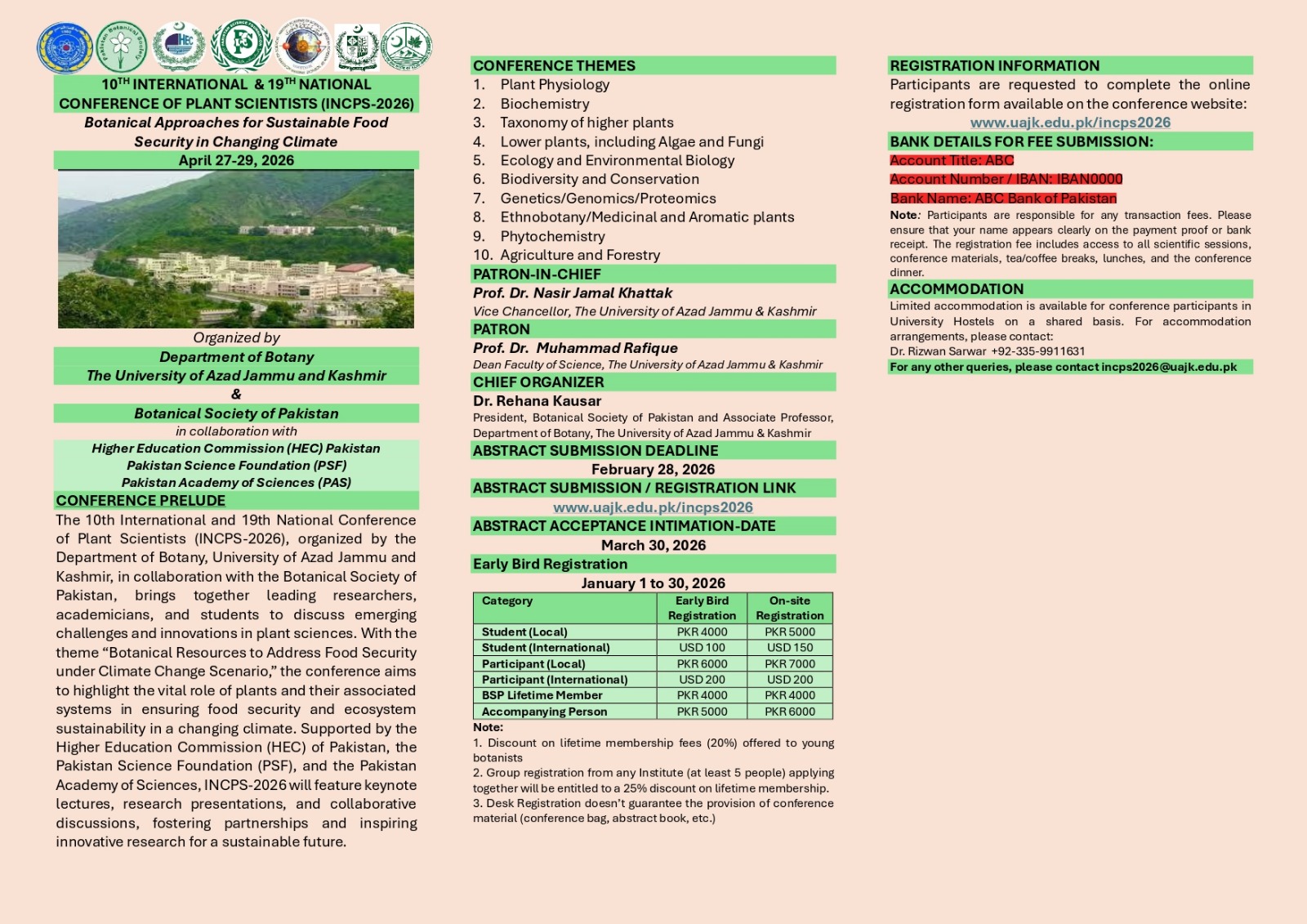
PJB-2018-231
Population structure analysis of habanero chili (capsicum chinense Jacq.) with AFLP
Laura Maryela Perez-Castaneda, Netzahualcoyotl Mayek-Perez, Regulo Ruiz-Salazar and Guillermo Castanon-Najera
Abstract
The structure of four Habanero Chili pepper populations (C. chinense Jacq.), was estimated with AFLP (Amplified fragment length polymorphisms) markers. Three of the four evaluated populations were selected in Tabasco and one from Campeche, each population consisted of 15 individual plants. The six oligonucleotides combinations used at this research showed products of 34 to 422 pb, and produced 1722 total bands. Combination E-AAG/M-CAG amplified the largest bands number (329) and E-ACA/M-CTG detected the minor bands number (190). The populations of Mucuychacán, Campeche, presented the largest polimorphism (1371 polimorphic bands), with mean of 228.5 bands polimorphic per oligonucleotide, the polimorphic bands minor number was observed at Cucuyulapa, Tabasco with 1216. The AMOVA (Variance Molecular Analysis) showed a genetic differentiation index of FST= 0.13, the variability explained among populations were minor (14.14%), that within populations (85.86%). The populations structure was determined with a value of deltaK=3. The cluster analysis grouped the plants of Santa Cruz Tlacotalpa as an independent population, and some plants of Mucuychacán, Cucuyulapa and Ranchería El Habanero populations were grouped at the cluster I.
To Cite this article: Perez-Castaneda, L.M., N. Mayek-Perez, R. Ruiz-Salazar and G. Castanon-Najera. 2019. Population structure analysis of habanero chili (capsicum chinense Jacq.) with AFLP. Pak. J. Bot., 51(4): DOI: http://dx.doi.org/10.30848/PJB2019-4(43)
Download PDF

